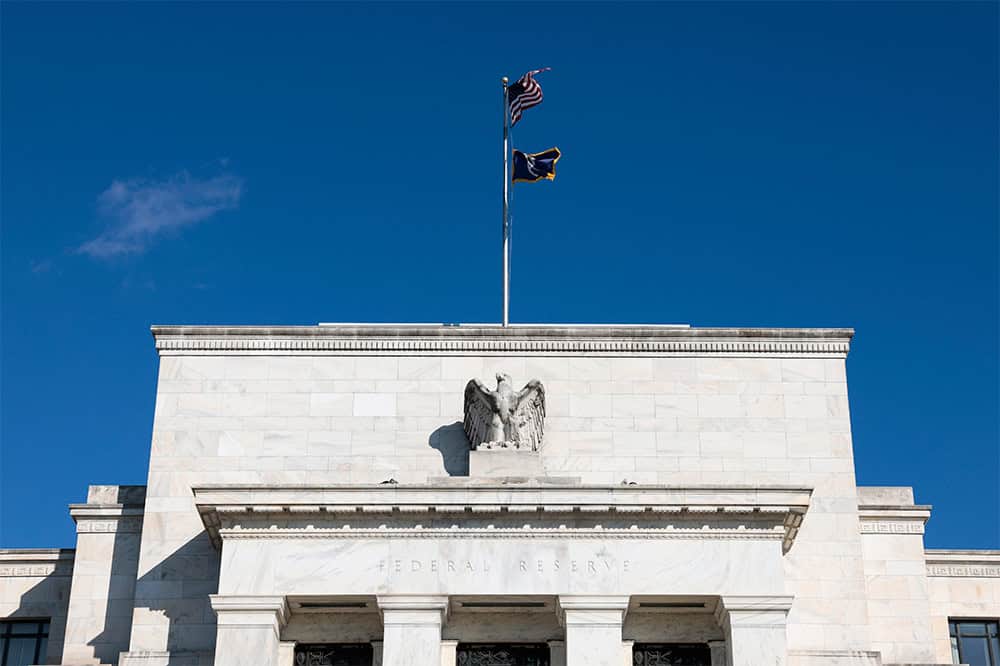CBO Director: Economy Rebounding but the Fiscal Situation Leaves the U.S. Vulnerable
Last Updated June 9, 2020
In today’s live webcast for the Peter G. Peterson Foundation’s Economic Forum series, Swagel emphasized that while there are hopeful signs, our economy remains severely damaged as lawmakers consider additional coronavirus response, relief and recovery options
Once we recover from the immediate crisis, America’s fiscal outlook is an important long-term consideration, he said. “The higher debt level makes the U.S. economy more vulnerable if there’s a change in interest rates,” Swagel said.
“That’s the challenge for policymakers. Take the steps today that are needed to support the economy, while looking ahead and understanding that over time, as a nation, we have to address the fiscal challenge. The challenge has gotten more difficult as a result of the steps that have been taken to address the pandemic.”
Swagel said the coronavirus policy response has been implemented quickly and effectively thus far by various government agencies — despite the complex, unprecedented nature of the challenge.
In May, 2.5 million jobs were added nationwide and the unemployment rate fell to 13.3%. Still, Swagel, who served as assistant secretary for economic policy at the Department of the Treasury in 2008, noted, “The unemployment rate remains very high, and GDP remains considerably below the level it was before the pandemic took hold, let alone below the level that we expected in our forecast before the pandemic.”
“The suffering as a nation,” he said, “is not felt equally,” as lower-income groups are both bearing the brunt of the downturn and are less likely to feel the rise in prosperity as we recover. Overall, Swagel said the interactions between economic changes and social changes are critical to the nation’s outlook.
Swagel said that in the next several months, CBO will examine the longer-term effects of increased use of technology in areas such as telework and telemedicine on the healthcare sector and the labor market.
Image credit: Getty Images
Further Reading
Growing National Debt Sets Off Alarm Bells for U.S. Business Leaders
Debt rising unsustainably threatens the country’s economic future, and a number of business leaders have signaled their concern.
What Is R Versus G and Why Does It Matter for the National Debt?
The combination of higher debt levels and elevated interest rates have increased the cost of federal borrowing, prompting economists to consider the sustainability of our fiscal trajectory.
High Interest Rates Left Their Mark on the Budget
When rates increase, borrowing costs rise; unfortunately, for the fiscal bottom line, that dynamic has been playing out over the past few years.


